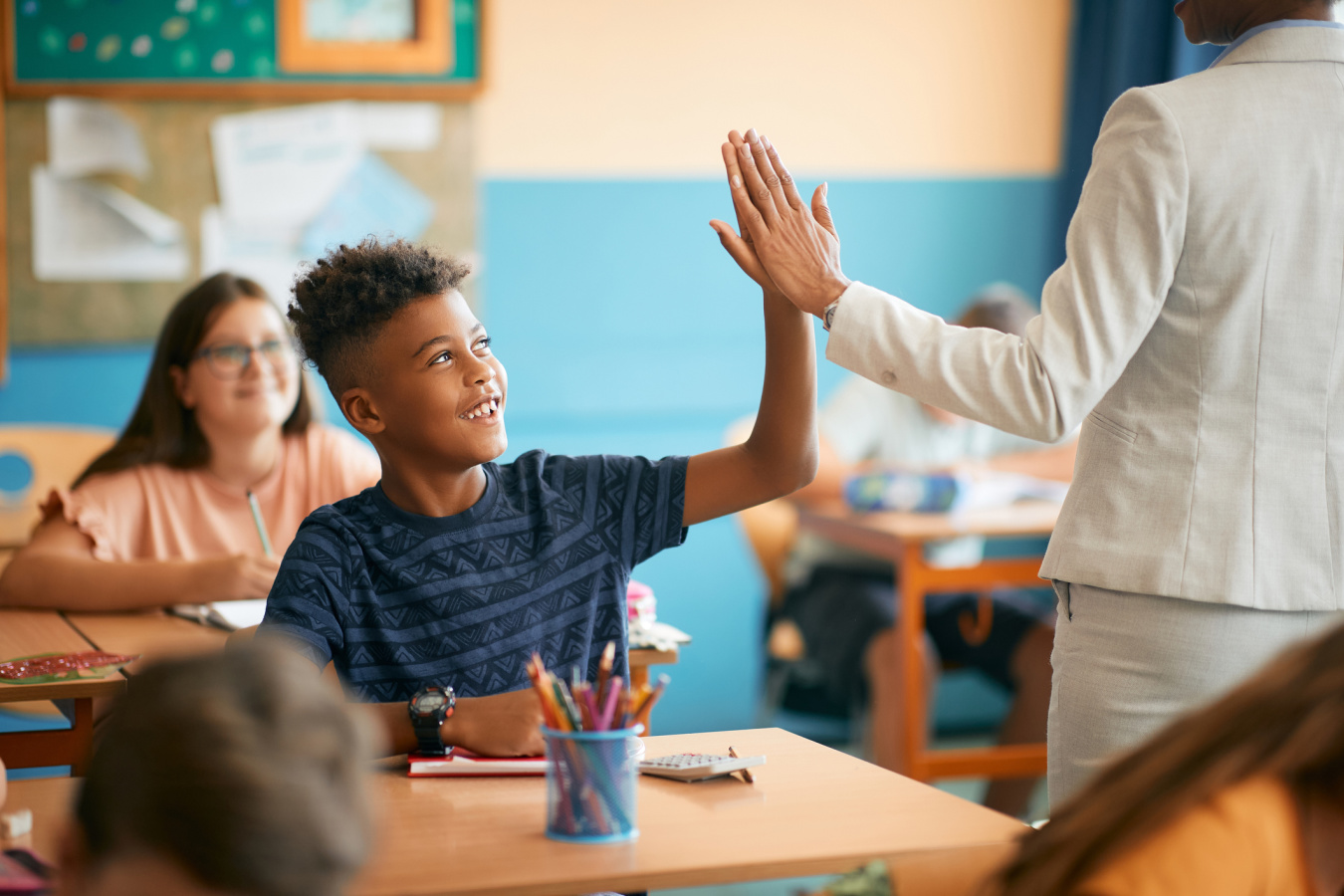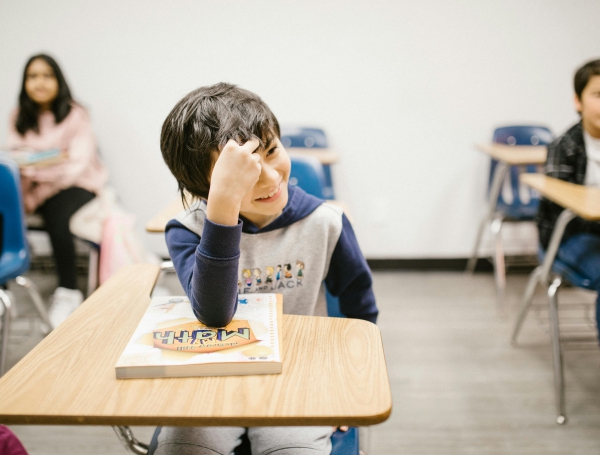

My Strategy Was To Just Be Nice
January 19, 2023
As an educator, building a relationship with your students is often the most delicate yet profoundly rewarding challenge you embark on each school year. It happens over and over again continuously until we retire. We are tasked with, and expected to largely succeed, building a trusting working relationship with our 25+ students every new school year. Whew, I do not know how many professions have that expectation. As professional educators, we know this is going into our careers, yet that doesn't lessen the emotional and often mental toll this can have on us. It is such an important part of our practice that we spend considerable time in our undergrad and graduate work learning about all of the ways to build and maintain strong relationships in our classrooms, reading current and past research, and discussing with our peers what works and what doesn't. Still, nothing is comparable to being in that space in real-time, left to your own devices, while unique and diversified small eyes look up at you, waiting to see how you relate to them and how you make them feel safe and comfortable enough to learn from you.
I was incredibly naive when I began my career. I lacked confidence in myself and my abilities to reach and teach students, but despite those doubts, I held a naive belief that my students would just "like me" because I was going to be nice and laid back. During my first year of teaching, many of my students came from experiences that greatly differed from mine. I quickly learned that being "nice" does not automatically earn me the right to a relationship with anyone, let alone children with adverse childhood traumas, nor children with diverse cultural and socio-economic backgrounds, and certainly not with children who have had profoundly negative school experiences who do not feel a sense of belonging in any classroom they enter. Rightfully, I was pushed back by the students who I thought would like me for being nice.
Without sounding too much like this is a pity party on my poor first-year experience, it was profoundly challenging, and I was left more often than not with hurt feelings and wanting to quit. To set the scene, I walked halfway through the school year in a 2nd-grade classroom after the student's original teacher had left abruptly without warning. Many students had already experienced traumatic abandonments in their personal lives and had just collectively been abandoned by someone they had trusted. It can go without saying that I fumbled a lot, falling forward, embarrassing myself, and missing the mark on so many attempts to build relationships with this wonderfully deserving group of kids. By the end of the year, and let's face it, I was crawling to the end. I found some things that worked. I had failed to connect with many of the students, but I will share some of what worked and what I still rely on to this day.
The major learning curve for me was understanding that most children who have had adverse childhood experiences thrive with boundaries, clear and firm expectations, and follow through. I struggled with boundaries and followed through because I wanted to be the fun one! However, after falling flat and grappling with the fact that my classroom felt chaotic and unorganized, I learned from mentor teachers that most people, children, and adults, thrive with discipline, consistency, and clear expectations. I set a schedule with daily routines and expectations, arranged with the student's input, and found that my days ran smoother and everyone was more successful. I also included student input in creating consequences and language to be used when any of us needs to fulfill our expectations in the classroom. We practiced communicating boundaries and expectations with each other so that we were comfortable confronting each other in non-threatening ways. We all do our part in keeping the classroom running smoothly. As much as I wanted to believe that a peaceful classroom can be created by filling it up with love and kindness, I learned my lesson after many mistakes!
The next part that came into play after establishing classroom norms and expectations was the ability to build authentic and caring relationships with students regardless of our many differences. To build a relationship, I realized I needed to be quiet. I had to listen to my students to learn about them. Some students are more willing to tell you about their lives and interests; for others, you have to observe, listen to, and wait for them to be ready to invite you in. I tried to create opportunities for students to share about themselves across curricula, whether including favorite musicians or sports teams in our math lessons or asking about the most unique, weird, delicious, or gross foods they have ever eaten and listening to the variety of responses that come out of your students. If students shared music or food that I had never heard of or tried, I would go out and listen to the song or try the foods from their culture so I could reenter the classroom with the ability to hold a conversation with them about something that personally connected to them. For students whose home language is something other than English, I find books, posters, or songs in their home languages and normalize playing them, hanging them up, or putting them on shelves like any other content. Instead of making students feel exceptionally different, I try to normalize differences as if they were as common as peanut butter and jelly sandwiches. I celebrate diversity but make sure to treat diversity as the norm. When we play games such as rhyming or listing colors where you cannot repeat options, I invite students to use their home languages and mix their responses with the English responses. Of course, that can create an advantage. Still, it adds excitement and opportunity for the students to share a piece of themselves that otherwise is overlooked in our traditional classroom space. I have successfully utilized these simple but powerful practices to help foster genuine relationships in my classroom. I have seen students reluctant to engage in group activities blossom out of their shells and come alive. Of course, this does not guarantee success, but any ideas that invite more engagement, authenticity, and the opportunity to celebrate the realities of our diverse and exceptional lives, I welcome and hope you do too.
This guest article was written by Allison Ferguson while taking the online continuing education course Happiness Diet: Energize Your Brain & Body by THI instructor Brenda McKinney.


_600_455_s_c1.jpg)
_600_455_s_c1.png)
